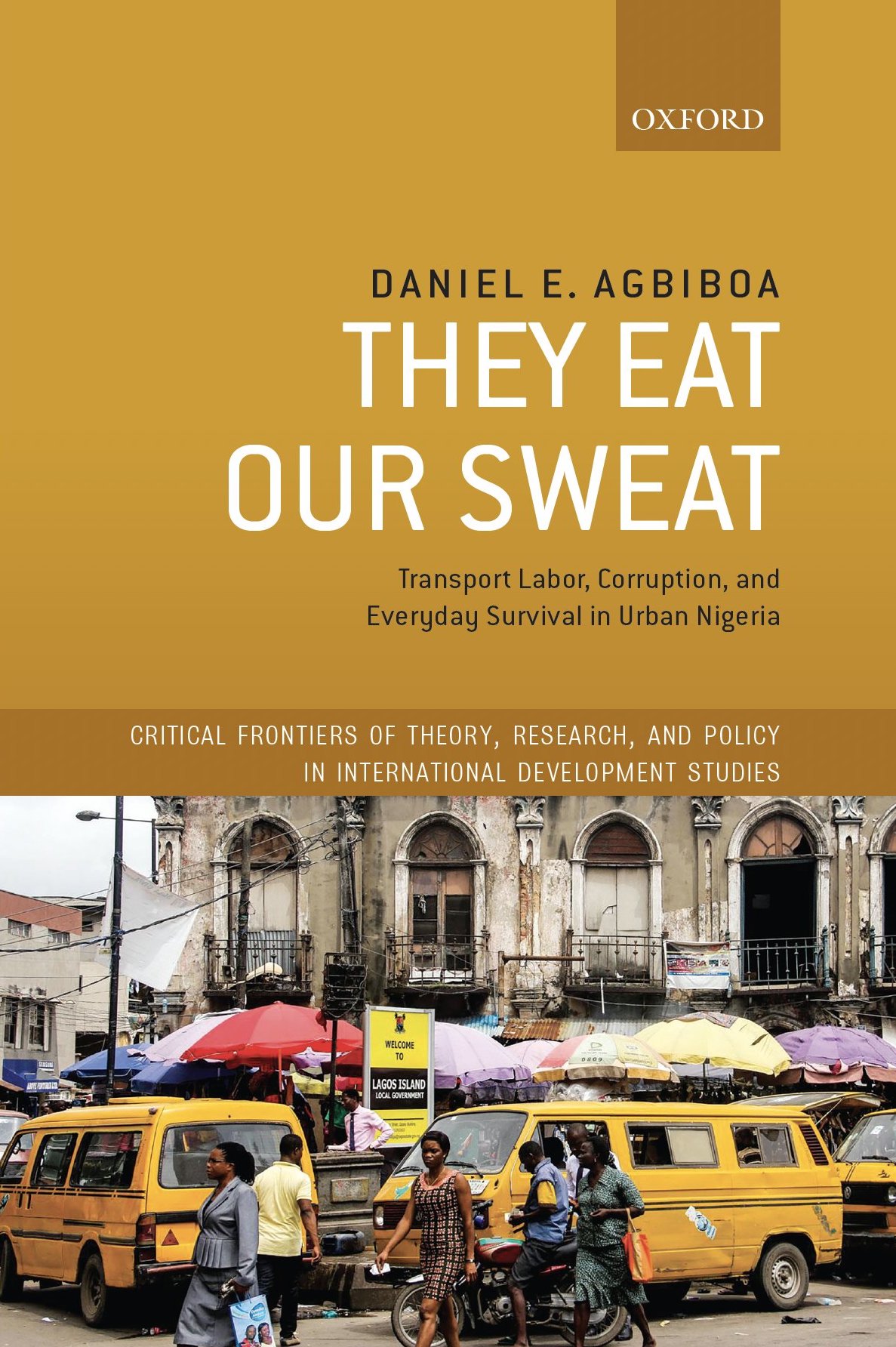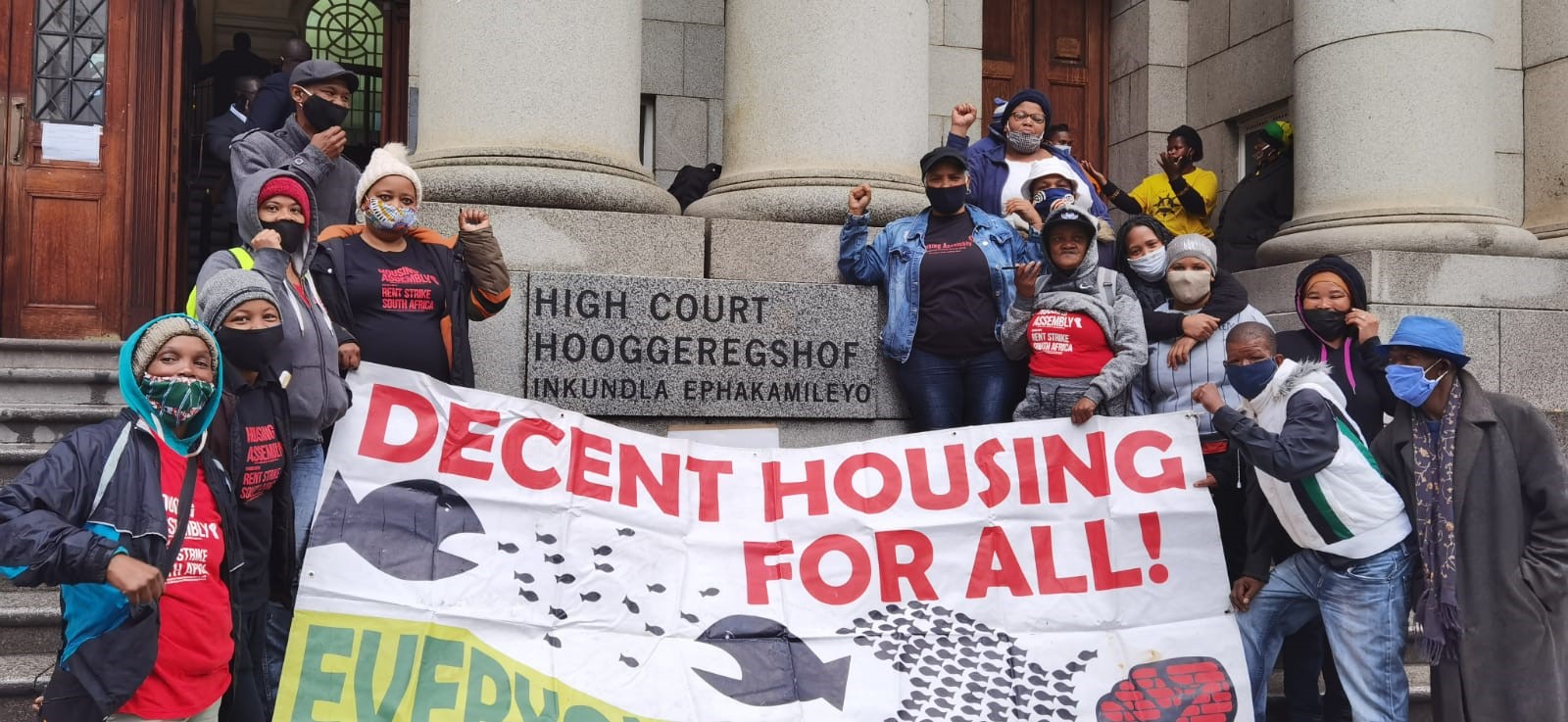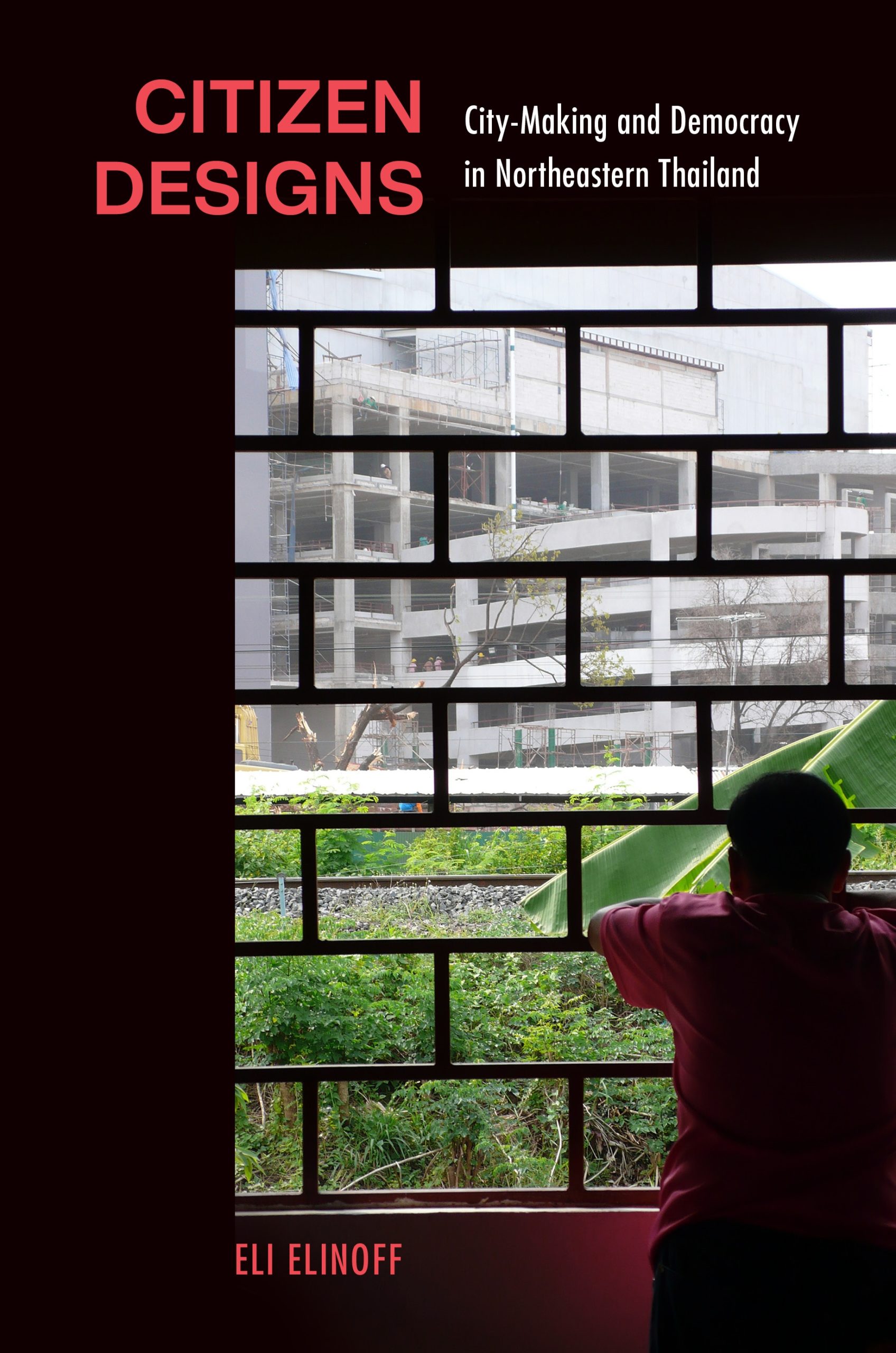C
ontemporary scholars of the built environment are faced with the challenge of moving beyond the visions of architects and planners to critically reflect on the voices and perspectives excluded and sacrificed from the canon and history more broadly. Genealogy of Bassac, edited by Brian McGrath and Pen Sereypagna, manages to navigate this challenge by bringing together the narratives of artists, activists, architects, urban and environmental planners. With a focus on Phnom Penh’s modernist riverside Bassac District, designed by the Cambodian architect Vann Molyvann in the late 1960s, this edited volume serves as a genealogy of this iconic post-colonial urban intervention. As a result, photo essays and drawings are mixed with architectural and environmental histories of the Bassac district and the greater urban region of Phnom Penh. A collaboration between Sa Sa Art Projects and Parsons School of Design, the New School, this volume gives special attention to the White Building, a residential complex in Phnom Penh that was demolished in 2018 to make way for a casino development. However, the story of this canonical modernist district told by these contributors is not one of loss alone, but also of resilience, resistance, and self-determination.
The legacy of Cambodia’s modernist architecture is a central figure throughout this volume. While many of the contributors highlight key actors and moments shaping Cambodian modernism, their presentation of this history is reflexive, often challenging positivist notions of heritage, preservation and urban change. For example, in the first part of this volume, William Greaves’ keynote address highlights the significance of Vann Molyvann’s approach to modernism and post-colonial nation building in Cambodia while also presenting the challenges that Greaves and his students faced in their attempts to identify and document Vann Molyvann’s architectural works that stretch across the city. In part three, Moritz Henning’s piece on the architect Lu Ban Hap walks the reader through his mission to uncover the story of the White Building. This narrative is crafted out of conversations between Hennings, Lu Ban Hap and his wife Armell and reveals how the architectural memory of this building and the “architecture of independence” has transformed over time.
Readers are also given critical insight into the lived experience of the Bassac through drawings and photo-essays in addition to long-form chapters. For scholars of visual culture and performance, contributions found in part two provide compelling reflections on the significance of this district relative to the reemergence of Cambodian Arts after 1979. While the photo-essay “Burnt Theater” evokes a sense of life and loss surrounding the original, modern aspirational qualities of Bassac Theater, Toni Shapiro-Phim’s piece focuses on this space as one of regeneration, where dance was revived as a part of national identity. Residential life within the Bassac is also captured through pieces like “Musical Stairway” in which Roger Nelson reflects on the everyday cultural memory surrounding the White Building. Sa Sa Art Projects was also located within this building until the organization was forced to relocate in 2017. Beyond the interviews with residents and photography of life found in Pen Sereypagna’s atlas and the work of Neang Kavich and Vandy Rattana, “Transform, Transcend” gave essential background on collective life and art production within the White Building. As a reader interested in the dynamics between art production and architecture, I was particularly struck by Vuth Lyno’s House-Spirit installation. The story of this piece of art gives a sense of the afterlife and ongoing impact of the building and Sa Sa Art Projects.
Beyond capturing the story of the Bassac and the communities that have come to define its legacy, a larger history of Phenom Penh and its contemporary aspirations is told through this volume. Shelby Doyle’s environmental analysis in part one introduces the distinct role of water, earth and sand in shaping Phnom Penh and other Southeast Asian cities. Pen Sereypagna’s atlas of the urban region and Khvay Samnang’s photography of Boeng Kak Lake also provide visual insight into how urban life adjacent to the city’s waterways has changed over time. These economic and environmental challenges depicted throughout the volume are not unique to Phenom Penh and speaks to growing body of scholarship on inequality and infrastructure in Southeast Asia including work by Eli Elinoff and Erik Harms.
Geneology of Bassac is certainly an important contribution to scholarship on modernism in Southeast Asia. However, what makes this volume unique is how the editors and contributors shed light on the broader tensions that surround the Bassac, revealing the ongoing social and political significance of this symbol of Cambodian modernism. In fact, Sereypagna’s conclusion describes how his and McGrath’s approach was meant to pick apart the layers of history and discourse surrounding the Bassac District and serve as “a guide for future action.” As a result, this volume is a great tool for anyone looking to teach design students about the contemporary relevance of history, as well as how to combine multiple modes of seeing and reading the built environment. I will certainly have my own students read and reflect on how the editors balanced the visual and written content in order to enhance their narrative of the Bassac District.
Although the editors note that this genealogy is ongoing and should not be treated as a complete whole, I could not help but want to learn more about the future of this district and the political interests involved in shaping it. Some contributions like “Diamond Island” by Chau Davy certainly focus on the unfinished developments replacing the Bassac’s modernist architectural monuments, however, I was left curious as to how these construction sites and renderings could be further unpacked through the atlas or an additional written piece focused on the politics of Casino Urbanism. I do recognize that this is likely a tactic by the editors as limits must be set to the scope of a large project like this with 19 chapters and 14 contributors. One can only hope that a future volume will further unpack the “casino urbanism” that is encroaching upon this district.
Geneology of Bassac is a valuable contribution to a range of disciplines, including urban studies, art and architectural history, Southeast Asian studies and design, as well as organizations dedicated to the preservation and documentation of modernist architecture like docomomo. As an urban ethnographer and architectural historian, I was drawn to the editor’s approach that described the volume as “an archive of the past and a reflection on the present” (8). Although focused on buildings that have since been destroyed, the tone of this genealogy is not mournful. It instead is generative, revealing the creative outputs and actors that have emerged from and continue to shape this district.
Trude Renwick uses ethnographic methods to examine issues of inequality, aesthetics and labor that surround the development of commercial and infrastructural space in Thailand and Southeast Asia. She is currently a Lecturer in Architecture Studies at the University of Manchester. Prior to holding this position she served as a Postdoctoral Fellow in the Society of Fellows in the Humanities at the University of Hong Kong and a fellow at the International Institute for Asian Studies in Leiden, Netherlands. She holds a PhD in Architecture from the University of California, Berkeley, and a Master's in Design Studies from the Graduate School of Design at Harvard University.





















